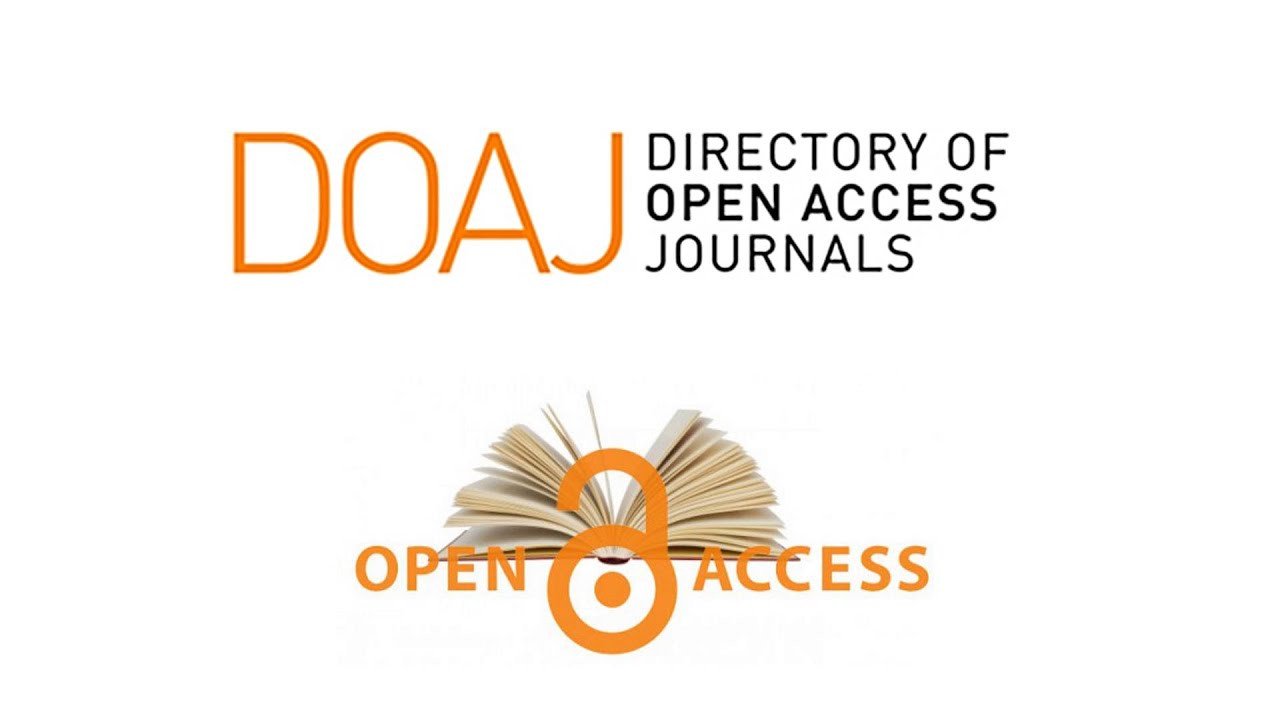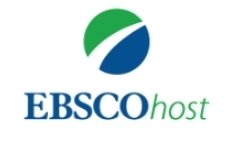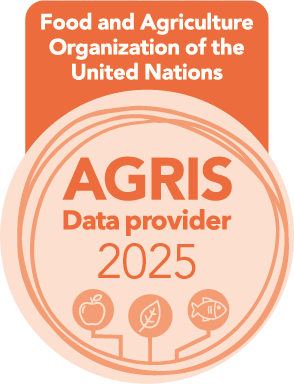Study of organic pollution indicators in two stations of the Garmat Ali River, Basra, Iraq
DOI:
https://doi.org/10.58629/ijaq.v19i1.437Keywords:
organic pollution, environental characteristics, aquatic environment, Garmat AliAbstract
Water is one of the most important natural sources for sustaining life, as human life and various activities depend on it. The current study dealt with knowing the effect of organic pollution on physical and chemical properties in Garmat Ali river, which was represented in two stations, the first station called Al-Mashab, and the second Al-Sindbad. Water and sediment samples were collected monthly during the period from August, 2016 to July, 2017. Numbers of physical and chemical variables were measured during this period (water temperature, light penetration, pH, Salinity, dissolved oxygen, biological demand oxygen, chemical demand oxygen, total nitrogen, total phosphorus and total organic carbon in sediment). The results of the study was showed that water temperature were ranged between 13.2-31.3°C for the first station and 13.4-33.1°C for the second station. The light penetration values were ranged between 20.6-58.5 cm for the first station and 35-65 cm for the second station. The pH values were ranged between 7.5-8.6 for the first station and 7.5-8.5 for the second station. Salinity values were ranged between 1.58-3.16 g/l for the first station and 0.92-2.13 g/l for the second station. Dissolved oxygen values were ranged between 4.66-10.8 mg/l for the first station and 11.85-6.26 mg/l for the second station. The values of BOD5 were ranged between 1.1-4.26 mg/l for the first station and 0.75-4.06 mg/l for the station. The values of the COD were ranged between 8-120 mg/l for the first station and 8-61 mg/l for the second station. Total nitrogen values were ranged between 2.8-29.4 mg/l for the first station and 2.4-33.6 mg/l for the second station. The total phosphorus values were ranged between 1.11-19.6 mg/l for the first station and between 1.24-19.98 mg/l for the second station. Total organic carbon values were ranged between 0.36-2.19% for the first station and 0.32-2.94% for the second station. The two stations were recorded a little increased in organic pollution levels during summer months and first station (Al-Mashab) was most affected.Metrics
References
Abdullah, A.A.M.; Al-Issa, S.A.Q. and Jassem, A.Q. (2001). Physical and chemical properties of the waters of the northern part of the Shatt Al-Arab River. Basrah J. Agric. Sci., 14(3): 123-141. (in Arabic).
Abdullah, S.A.G. (2015). An environmental study of the lower approaches to the Euphrates River after the construction of the water barrier. MSc. Thesis, Coll. Agric., Univ. Basrah, 127 p. (in Arabic).
Abowei, J.F.N. (2010). Salinity, dissolved oxygen, pH and surface water
temperature conditions in Nukuoro river, Niger delta, Nigeria. Adv. J. Food Sci. Technol., 2(1): 36-40.
Al-Abbawy, D.A.H. (2012). Assessment of trophic status for Shatt Al-Arab River using trophic state index (TSI). J. Basrah Res., 38(3): 36-44.
Al-Abbawy, D.A.H. and Al-Mayah, A.A. (2010). Ecological survey of aquatic macrophytes in restored Marshes of Southern Iraq during 2006 and 2007. Marsh Bull., 5: 177-196.
Al-Asadi, R.A. (2015). Assessment of the level of organic pollution and its effect on the diversity of filamentous algae and the infestation of fish with an orthopedic at three stations in Basrah Governorate, Iraq. M.Sc. Thesis, Coll. Agric., Univ. Basrah, 137 pp. (in Arabic).
Al-Bahili, S.A. (2006). Seasonal and Spatial Variation of Shatt Al-Arab Water Pollution in Basra Governorate and Some of Its Environmental Effects. Ph.D. Thesis, Univ. Basrah, 203 pp. (in Arabic).
Al-Baydani, M.F. (2014). The qualitative composition of algae in the Shatt Al-Arab and the identification of the ability of some of them to produce hydrocarbon compounds and their accumulation. Ph.D. Thesis, Coll. Sci., Univ. Basrah, 165 pp. (in Arabic).
Al-Fatlawi, H.J. (2011). An ecological study of aquatic plants and attached algae in the Shatt Al-Arab. Ph.D. Thesis, Coll. Agric., Univ. Basrah, 147 pp. (in Arabic).
Al-Hejuje, M.M. (2014). Application of water quality and pollution indices to evaluate the water and sediments status of the Middle part of Shatt Al-Arab River. Ph.D. Thesis, Coll. Sci., Basrah Univ., 240 pp.
Al-Imarah, F.J.; Al-Shawi, I.J.; Issa, A.M. and Al-Badran, M.G. (2006). Seasonal variations for levels of nutrients in water from southern Iraqi marshland after rehabilitation 2003. Marsh Bull., 1(1): 82-91.
Al-Kanaani, H.M. (2017). Using Palmer's Algae Index and Organic Pollution Index to assess the water quality of Shatt Al-Arab - Iraq. M.Sc. Thesis, Coll. Agric., Univ. Basrah. 139 pp. (in Arabic).
Al-Khayun, D.Z.H. (2001). Effect of paper mill effluents on clay algae in Shatt Al-Arab. M.Sc. Thesis, Univ. Basrah, 67 pp. (in Arabic).
Al-Lami, A.A.; Sabri, A.W.; Mohsen, K.A.; and Al-Dulaimi, A.A. (2001). Environmental effects of the Tharthar arm on the Tigris River. The Sci. J. Iraqi Atomic Energy Organ., 2(3): 136-122.
Al-Maliki, N.S. (2002). An environmental survey of the Hamdan Canal, one of the main branches of the Shatt al-Arab River. M.Sc. Thesis, Coll. Agric., Univ. Basrah, 71 pp. (in Arabic).
Al-Mansoori, F.Y. and Mahmoud, H.K.H. (2009). Al-Ezz River and its effect on the river load of Shatt Al-Arab. Dhi Qar Univ. Sci. J., 4(4): 121-113. (in Arabic).
Al-Omar, M.A. (2010). Environmental pollution. Wael Publishing House, Jordan. Second edition, 220 pp.
Al-Rudaini, A.M.J. (2010). The environment and nature of the structure of the fish community in Lake Radwaniyah, west of Baghdad. Agric. J., 15(1): 106-96. (in Arabic).
Al-Saad, H.T.; Al-Hello, M.A.; Al-Taein, S.M. and Douabul, A.A.Z. (2010). Water quality of the Iraqi Southern Marshes. Mesopot. J. Mar. Sci., 25 (2): 79-95.
Al-Saadi, H.A. (1994). The water environment in Iraq and its sources of pollution. Proceedings of the scientific research conference and its role in protecting the environment from the dangers of pollution. Editing by Dr. Hussein Ali Al-Saadi, Damascus, 26-28/9/1993, Union of Arab Scientific Research Councils, General Secretariat, Baghdad: 59-88. (in Arabic).
APHA, American Public Health Association (2005). Standard method for the examination of water and wastewater. 21st Edition, Washington, D.C., USA.
Bishop, K.A.; Allen, S.A.; Pollard, D.A. and Cook, M.G. (2001). Ecological studies on the freshwater fishes of the Alligator rivers Region, Northern Territory: Autecology. Super. Sci. Rep. 145, Sup. Sci., Darwin.
Comin, F.A.; Al-Lonso, M.; Lopez, P. and Comelles, M. (1983). Limnology of Gallo cants lake, Aragon, North eastern Spain. Hydrobiolgia, 105(11): 207-221. DOI:10.1007/BF00025189.
Doung, T.T.; Feurtet-Mazel, A.; Coste, M.; Dang, D.K. and Bondou, A. (2007). Dynamics of diatom colonization process in some rivers influenced by Urban pollution (Hanoi, Vietnam). Ecol. Indicat., 7: 839-851.
Ewaid, S.H. (2016). Water Quality Assessment of Al-Gharraf River, South of Iraq by the Canadian Water Quality Index (CCME WQI). J. Iraqi Sci., 57(2): 878-885.
Fahad, K.K. (2006). Study of some physical and chemical characteristics of the general estuary river at Nasiriyah city. Al-Taqni J., 17(2): 77-67. (in Arabic).
Hussein, N.A.; Al-Najjar, H.H.K.; Al-Saad, H.T.; Youssef, O.H. and Al-Sabounji, A.A. (1991). Shatt Al-Arab-Basic Scientific Studies. Publications of the Marine Science Centre, Univ. Basrah. 392 pp. (in Arabic).
Lawson, E.O. (2011). Physico-chemical parameters and heavy metal contents of water from Mangrove Swamps of Lagos Lagoon, Lagos, Nigeria. Advance .Biol. Res., 5(1): 8-21.
Lind, O.I. (1979). Handbook of common methods in limnology. C.V. Mosby Louis, 199 pp.
Liu, Q.; Mamcl, K.M. and Tuovinen, O.H. (2000). High fat waste water remediation using layered sand filter biofilm system. In: proceeding of the eighth international symposium on animals, Agricultural and Food proceeding wastes. Iowa Nils Road. St. Joseph, Mich. ASAE.: 242-248.
Mackereth, F.J.H.; Horon, J. and Talling, J.F. (1978). Water analysis, some revised methods for limnologists. Sci. Freshw. Biol., 36, 120 pp.
Mahmoud, A.A. (2008). Concentration of pollutants in the water, sediments and plants of some water bodies in southern Iraq. Ph.D. Thesis, Coll. Agric., Univ. Basrah, 244 pp.
Majeed, I.S. (2014). Environmental Assessment of Water Canals in Basrah City, M.Sc. Thesis Coll. Educ. Univ. Basrah, 96 pp. (in Arabic).
Mohamed A.M.; Hussein, S.A. and Lazem, L.F. (2017). Assessment of Water Quality and Fish Species Dominance in the Shatt Al-Arab River by GIS Technique. J. Sci. Eng. Res., 4(8): 213-220.
Moyel, M.S. (2014). Assessment of water quality of the Shatt Al-Arab River, using multivariate statistical technique. Mesopot. Environ. J., 1(1): 39-46.
Moyel, M.S. and Hussain, N.A. (2015). Water quality assessment of the Shatt Al-Arab River, Southern Iraq, J. Coast. Life Med., 3(6): 459-465. DOI:10.12980/JCLM.3.2015J5-26.
Ouyang, Y. (2003). Simulating dynamic load of naturally occurring TOC from watershed into a river. Water Res., 37: 823-832. DOI: 10.1016/s0043-1354(02)00389-5.
Rady, F.K. (2014). The East Hammar marsh is being assessed as a nature reserve using environmental evidence. M.Sc. Thesis, Coll. Agric., Univ. Basrah, 131 pp. (in Arabic).
Resen, A.K. (2001). Acomparative study of the environmental characteristics and levels of organic pollution in three main channels of the Shatt Al-Arab River. M.Sc. Thesis, Coll. Agric., Univ. Basrah, 88 pp. (in Arabic).
Salman, J.M.; Abdul-Hussein, N.A. and Al-Hashimi, O. (2015). Assess- ment of Water Quality of Hilla River for Drinking Water Purpose by Canadian Index (CCME WQI). Int. J. Recent Sci. Res., 6(2): 2746-2749.
Saleem, F.M. (2013). Using the Organic Pollution Index (OPI) for the descriptive and quantitative assessment of Shatt Al-Arab waters, Iraq. M.Sc. Thesis, Coll. Sci., Univ. Basrah, 97 p.
Saleem, F.M. and Hussein, N.A. (2013). Assessment of the levels of organic pollution for the northern and central part of the Shatt Al-Arab by applying the modified organic pollution index. Basrah J. Agric. Sci., Volume 26(1): 207-221. (in Arabic).
Simoes, F.; Moreira, A.B.; Bisinot, M.C.; Gimenez, S.M. and Yaba, M.J. (2008). Water quality index as a simple indicator of aquaculture effects on aquatic bodies. Ecol. Indic., 8: 476-484. DOI:10.1016- /j.ecolind.2007.05.002.
Smith, P.G. and Scott, J.S. (2005). Dictionary of water and waste management. Second edition, IWA Publishing, London. 486p.
Sparks, D.L.; Page, A.I.; Helmke, D.A; Loeppert, R.H.; Soltanpour, P.N.; Tabatabai, M.A.; Johnston, C.T. and Sumuer, M.E. (1996). Method of soil analysis Part 3. Chemical methods. Inc. Madison Wis., U.S.A., 1390 pp.
Van der Valk, A.G. (2006). The biology of freshwater wetlands. Oxf. Univ. press, New York, 173 pp.
Zaki, M.S; Shalaby, S.I.; Nagwa, A.; Noor El-Deen, A.I. and Abdelzaher, M.F. (2013). Effect of aquatic pollution on fish (Review). Life Sci. J., 10(1): 637-642.
Downloads
Published
How to Cite
Issue
Section
License
Copyright (c) 2023 Iraqi Journal of Aquaculture

This work is licensed under a Creative Commons Attribution 4.0 International License.










